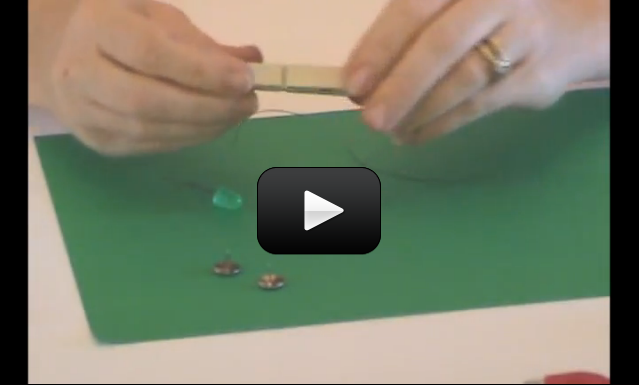Burglar alarms not only protect your stuff, they put the intruder into a panic while they attempt to disarm the triggered noisemaker. Our burglar alarms are basically switches which utilize the circuitry from Basic Circuits and clever tricks in conductivity.
A complete and exhaustive description of electronics would jump into the physics of solid state electronics, which is covered in undergraduate university courses. Instead, here is a quick description based on the fluid analogy for electric charge:
The movement of electric charge is called electric current, and is measured in amperes (A, or amps). When electric current passes through a material, it does so by electrical conduction, but there are different kinds of conduction, such as metallic conduction (where electrons flow through a conductor, like metal) and electrolysis (where charged atoms (called ions) flow through liquids).
Why does metal conduct electricity? Metals are conductors not because electricity passes through them, but because they contain electrons that can move. Think of the metal wire like a hose full of water. The water can move through the hose. An insulator would be like a hose full of cement – no charge can move through it.
Please login or register to read the rest of this content.

